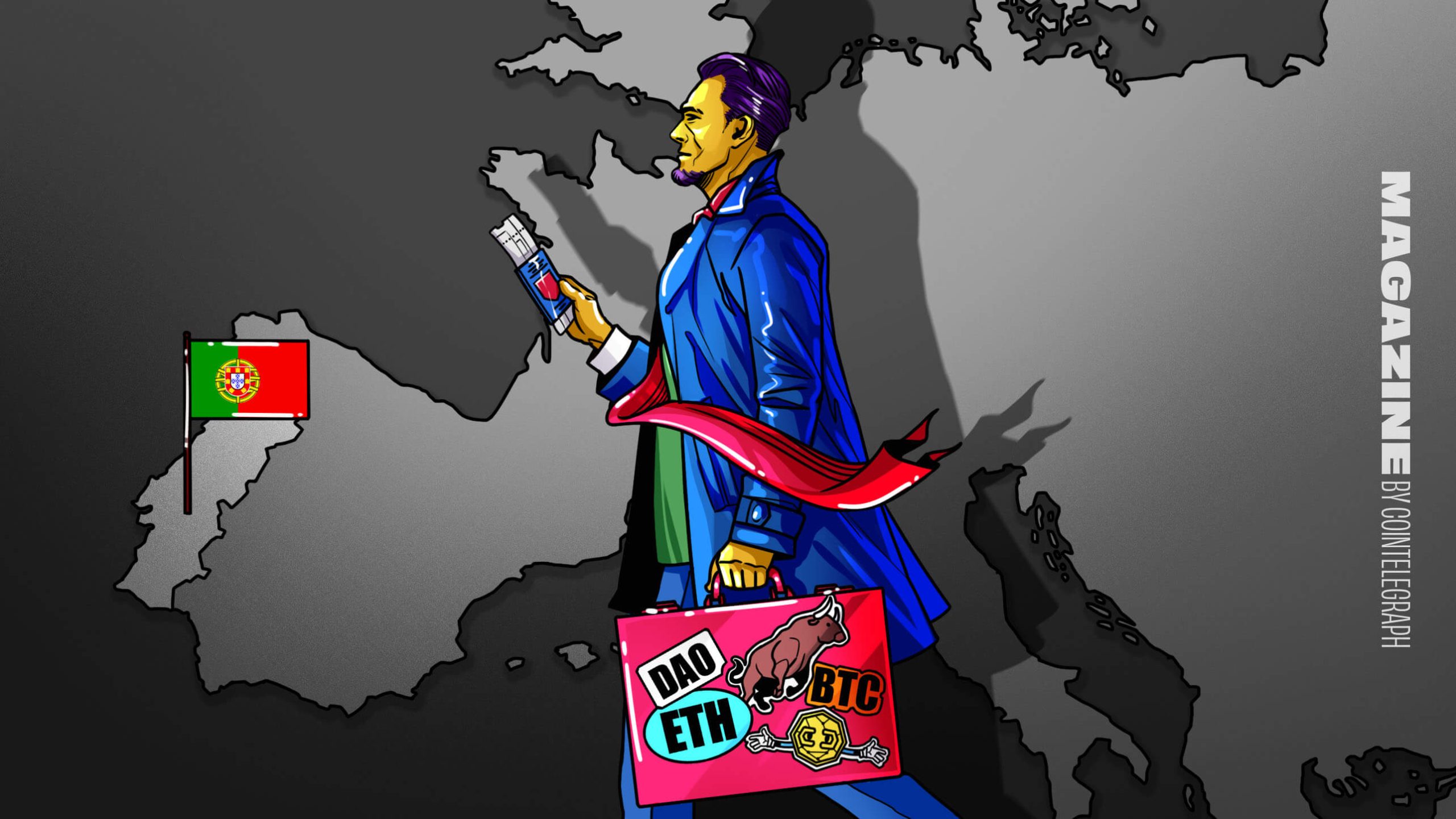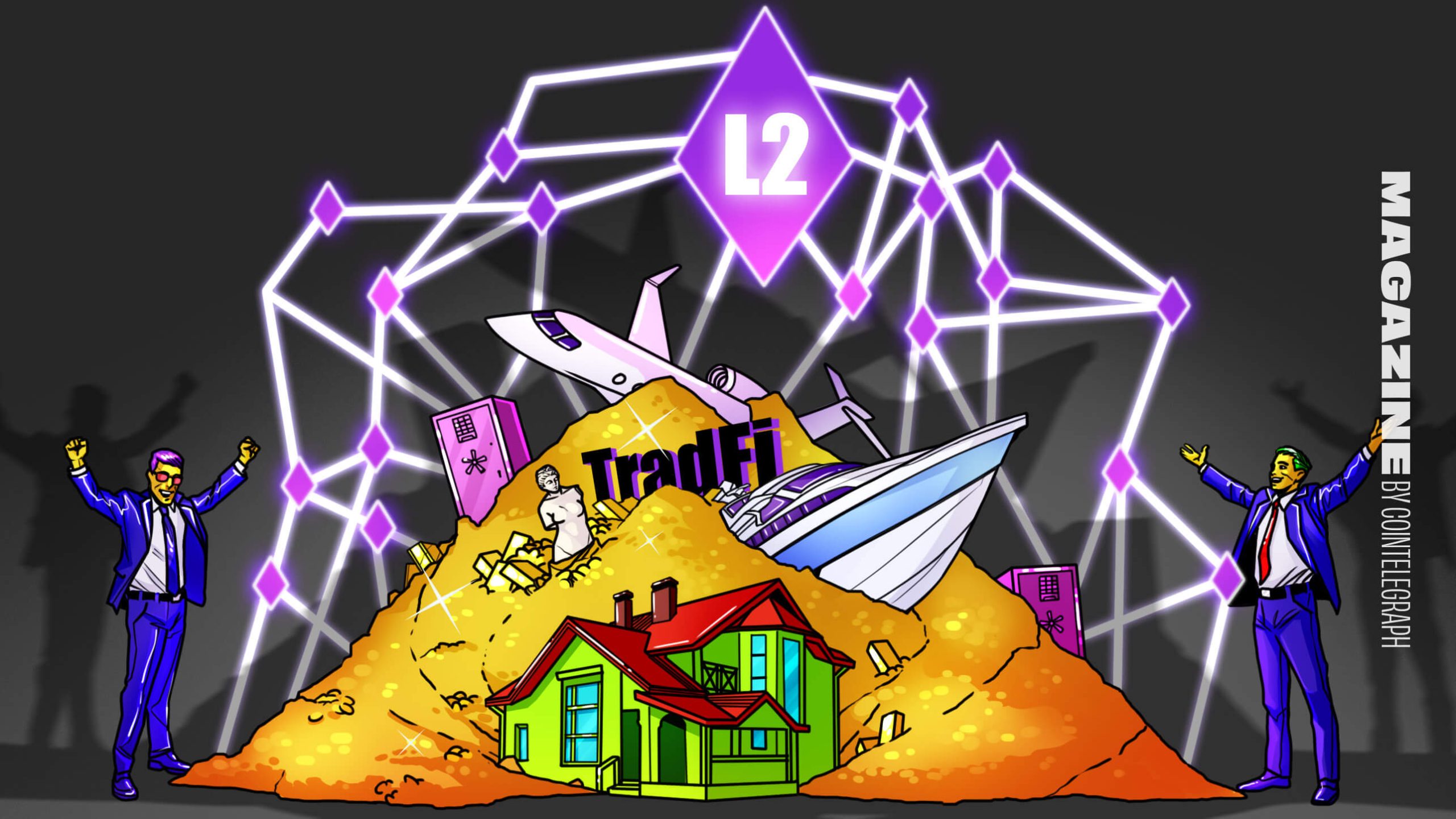This weekly piece of cryptocurrency price analysis and thought leadership is brought to you by the expert team at CEX.IO, your crypto guide since 2013. At CEX.IO, we’re committed to providing the latest industry developments and potential price scenarios to help our users make the most informed decisions along their crypto journeys.&
In this week’s update, we explore the price movements of ETH, DOT, LIDO, and APE. Additionally, this recap includes other notable market news over the last seven days.
Read along for in-depth breakdowns, and enjoy reviews of correlated markets.
Notable market events
DCG is under the spotlight as Gemini is sued by investors&
Crypto exchange Gemini is being sued by investors after the platform halted its Earn program in November. In a proposed class-action complaint filed in Manhattan, Gemini customers claimed that the crypto exchange didn’t register assets available via the Earn program “as securities in accordance with U.S. securities law.” Gemini customers are looking for answers after the exchange’s Earn partner, Genesis Global Capital, paused withdrawals amid the FTX collapse. This suspension has prevented Earn clients from accessing almost $1 billion of their deposits. Genesis is owned by Digital Currency Group (DCG).
Soon after the customer complaints began, Cameron Winklevoss, the co-founder of Gemini, accused DCG CEO Barry Silbert of “bad faith stall tactics” in an open letter posted on Twitter. The letter alleges that Gemini awaited word on a repayment agreement for six weeks, to no avail. Silbert responded, tweeting that DCG delivered a proposal on December 29, 2022 to Genesis and Gemini’s advisers, but has not received a response. Eventually, Winklevoss demanded that Silbert publicly commit to solving this problem by January 8.
As if that tension weren’t enough, Su Zhu, a co-founder of the bankrupt hedge fund Three Arrows Capital, blamed DCG and FTX for working together to attack Terra’s LUNA token. He also added that DCG took substantial losses from the bankruptcy of Three Arrows Capital and other companies, and stated that DCG has solvency issues.
This tirade fueled community concern that Grayscale, which is also owned by DCG, may have to liquidate some of its trust funds to cover Genesis creditors, including Gemini. Furthermore, fears have grown that fallout from DCG’s debt of approximately $1.675 billion to Genesis could impact Grayscale assets. Silbert denied that DCG borrowed such a sum from Genesis.
Apart from its well-known BTC trust fund (GBTC), Grayscale offers funds for:
- Ethereum (ETH);
- Basic Attention Token (BAT);
- Bitcoin Cash (BCH);
- Chainlink (LINK);
- Decentraland (MANA);
- Ethereum Classic (ETC);
- Litecoin (LTC);
- Solana (SOL);
- Stellar Lumens (XLM);
- Horizon (ZEN;
- Filecoin (FIL);
- Zcash (ZEC).&
Most of Grayscale’s trust funds are trading at an over 30% discount. If Grayscale decides to start with the underperforming altcoin trusts, this could significantly affect ETC, ZEN, ZEC, and LTC as Grayscale holds over 2% of the total market cap for these projects.&
There is also concern about the potential liquidation of massive Bitcoin and Ethereum funds. Grayscale controls 630,000 BTC, and 3 million ETH. However, this is considered a worst scenario, confirming that DCG has a significant liquidity hole.
3Commas experienced an API database leak
An anonymous Twitter user has obtained nearly 100,000 API keys belonging to users of the crypto trading service 3Commas. The leaker initially published more than 10,000 API keys, and is said to be planning to publish the rest in the coming days.
3Commas CEO Yuriy Sorokin confirmed the authenticity of the leak, adding that various crypto exchanges were asked to revoke all API keys connected to 3Commas. The leak appeared after dozens of users of 3Commas claimed that their API keys were used to execute trades on exchanges such as Binance, KuCoin, and Coinbase without their consent. According to Coinbase, the FBI is investigating the 3Commas data breach.
Initially, 3Commas said that user losses resulted from phishing attacks, but these users insisted that their credentials must have been compromised by 3Commas or one of the exchanges they used.
COTI completed MultiDAG 2.0 hard fork
The COTI mainnet hard fork, called MultiDAG, went live on December 29. The launch of the MultiDAG 2.0 protocol represents the transition of COTI from a single currency infrastructure, to a multi-token network. This means it will now be possible to issue tokens on top of the COTI Trustchain, similar to ERC-20 tokens on Ethereum, but on a single DAG. DAG technology is typically used in the crypto industry as an alternative to blockchain, to record and verify transactions.
Along with the MultiDAG 2.0 launch, the Bridge 2.0 wallet app was released. This feature will allow users to apply for a refund if a swap does not execute for technical reasons.
Sushi will shutter its lending service
Sushi will sunset its Kashi lending platform and MISO launchpad due to low public interest and the significant team effort that went into maintaining the two, according to the project’s CTO Matthew Lilley. He added that Sushi developers will focus more on the protocol’s decentralized exchange (DEX) product.&
Previously, SushiSwap developers proposed “immediate” action to send 100% of the platform’s commissions to its treasury for a year. The project’s treasury provides for only 18 months of runway.
ETH locked between major support and resistance areas
Ethereum is gradually approaching deflationary asset status. Since the merge update, the total ETH supply has increased by just 0.0039%. This pales in comparison to 3.58%, pre-merge inflation. However, this hasn’t significantly altered the project’s bullish narrative yet. ETH price movement could be considered bearish as long as the price is trading below a crucial $1,250 resistance area (green line).&
Previously, the bulls made several attempts to drive the ETH price above moving averages, but failed. As a result, the asset approached the ascending support line (lower blue line). Its breakout could push the price down to $1,100, and $1,000.&
The asset is once again on the verge to test the $1,250 resistance area and sustain above it. If the bulls succeed, the price could move upward to the descending resistance line (upper blue line).
LidoDAO became the top project in terms of TVL
LidoDAO (LDO) became one of the top performers over the last seven days, experiencing a price increase of over 45%. The potential driver of the rally could be an announcement that Ethereum’s next hard fork, called Shanghai, is likely to take place in March 2023. The Shanghai update plans to introduce staking withdrawals. Some experts assume that this feature may encourage more users to take part in ETH staking, and, hence, in liquid ETH staking with LidoDAO.&
According to DefiLlama, LidoDAO has dethroned MakerDAO for the top spot in the total value locked (TVL) amid the recent rally. Currently, over $6 billion worth of tokens are locked in LidoDAO.
Another catalyst could be a breakout of the descending resistance line (blue line). The price broke the resistance area near $1.25 (yellow line), and the next targets for the bulls are near $1.5 and $1.85.&
But the asset has already moved to the overbought zone. This could limit the bullish momentum and lead to a price correction. If the price turns down below $1.85, this could form a hidden bearish divergence and help sellers move the price downward.
RSI shows bullish signs for the DOT price
The DOT price is trading within a falling wedge (blue lines), which is considered a bullish pattern. Recently, the asset bounced off the lower border of the wedge and moved upward to test the 20-day EMA. This movement previously acted as a dynamic resistance for the price. If the bulls succeed and sustain the price above 20-day EMA, the asset may move to the upper border of the wedge, and a resistance area near $5 (orange line).
A daily RSI offers two bullish signals which could help buyers maintain momentum. Firstly, RSI generated a bullish divergence (white lines). Secondly, RSI broke out from a short-term resistance line (cyan line). Such RSI breakouts typically indicate similar price movements.
A bullish reversal remains intact as long as the DOT price does not break down from the wedge. However, the downtrend may continue to prevail if the DOT price fails to break the upper border of the wedge.
APE is testing the resistance line for the fourth time
The APE price increased by almost 15% over the last seven days, and managed to break a descending resistance line (blue line). This may help bulls push the price toward previous local highs at $4.4 and $5.15.&
However, this could also be a bullish trap. The RSI hints at a hidden bearish divergence (cyan line), indicating a potential continuation of the downward movement. Furthermore, Stochastic has already entered the overbought zone, meaning that bullish momentum may soon fade away.
As a result, the asset may retest a breakout of the resistance line from top to bottom. If the bulls manage to defend it, this could renew the upward price movement. Otherwise, the bears may turn down the price to the vital support at $3 (orange line).
Tune in next week, and every week, for the latest CEX.IO crypto highlights. For more information, head over to the Exchange to check current prices, or stop by CEX.IO University to continue expanding your crypto knowledge.
Disclaimer: Not investment advice. Seek professional advice. Digital assets involve risk. Do your own research.

You can get bonuses upto $100 FREE BONUS when you:
💰 Install these recommended apps:
💲 SocialGood - 100% Crypto Back on Everyday Shopping
💲 xPortal - The DeFi For The Next Billion
💲 CryptoTab Browser - Lightweight, fast, and ready to mine!
💰 Register on these recommended exchanges:
🟡 Binance🟡 Bitfinex🟡 Bitmart🟡 Bittrex🟡 Bitget
🟡 CoinEx🟡 Crypto.com🟡 Gate.io🟡 Huobi🟡 Kucoin.




















Comments